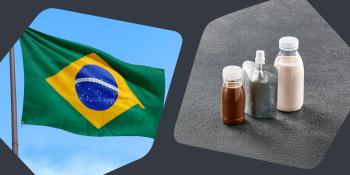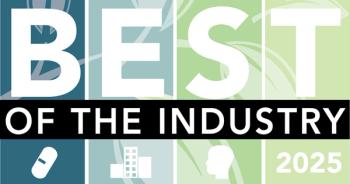
Europe’s Largest Industrial-Scale Insect-Processing Plant Will Focus on Producing Black Soldier Flies for Animal Nutrition
The plant should be operational beginning in the first half of 2018 and is projected to be the largest industrial insect-processing plant in Europe, the companies say.
Bühler Insect Technology, the
“With this first industrial insect-protein production plant, we will make an important step towards a more sustainable global food and feed value chain,” said Andreas Aepli, CEO of Bühler Insect Technology, in a press release. The plant will produce protein meal and lipids that are used in the animal nutrition sector to feed pigs, chicken, fish, and domestic animals.
Insects are more often proposed as a viable alternative protein source. As Bühler points out, today’s plant protein production will not be sustainable in the long term. The company says that only 25% of plant protein produced (corn, rice, wheat, soybean) makes it to humans for consumption, while 15% of the protein produced is wasted and 60% is used to produce animal protein. “Furthermore, with the growing world population, protein production needs to double by 2050,” the company says. “Experts agree this cannot be achieved using traditional farming practices and resources, which is why alternative sources of protein, such as insects or algae, are becoming increasing important.”
Also read:
Newsletter
From ingredient science to consumer trends, get the intel you need to stay competitive in the nutrition space—subscribe now to Nutritional Outlook.





